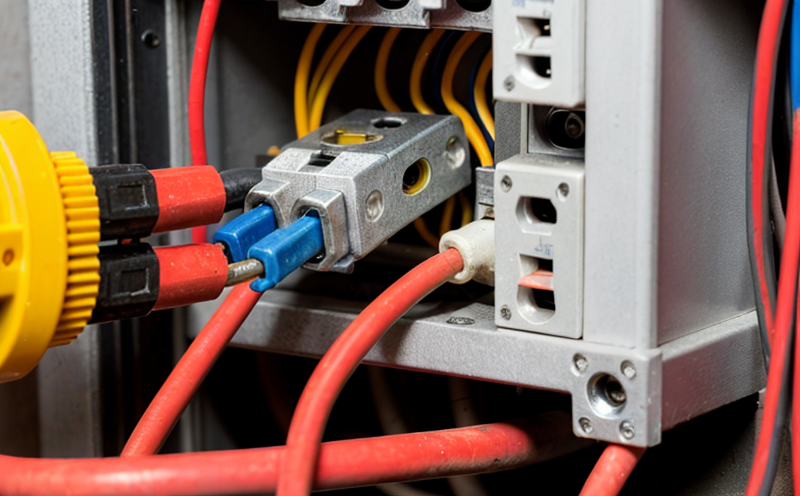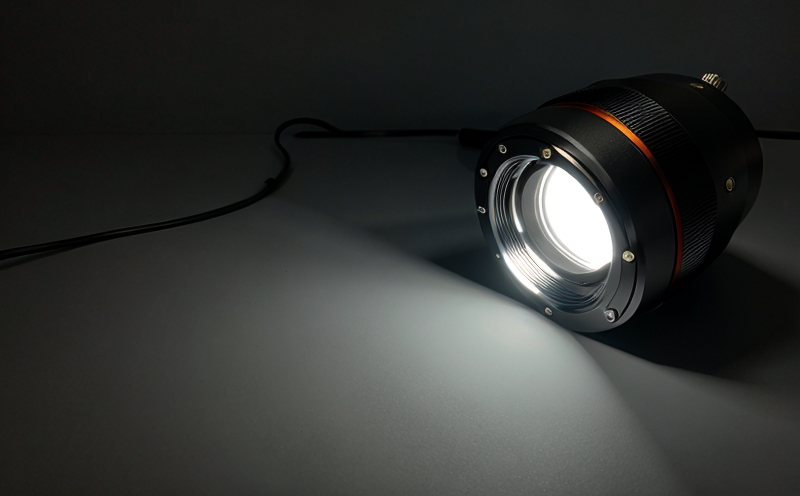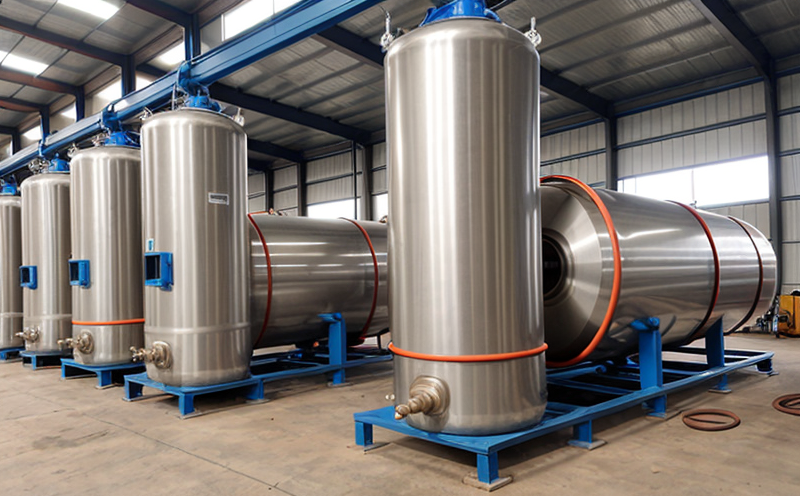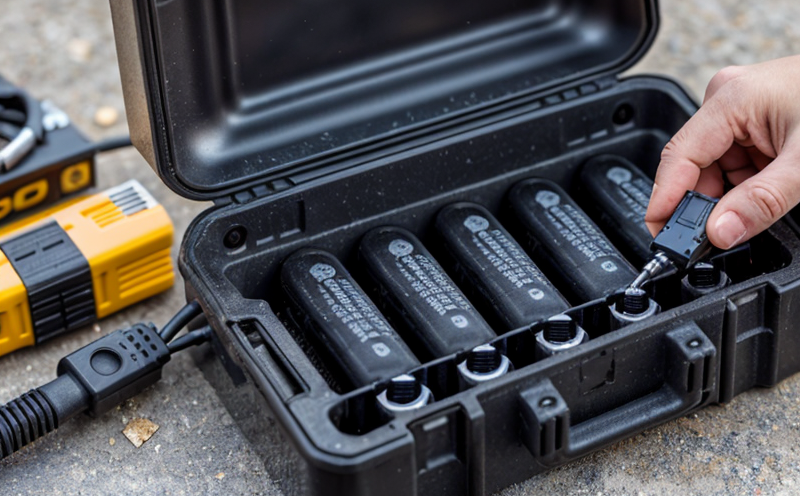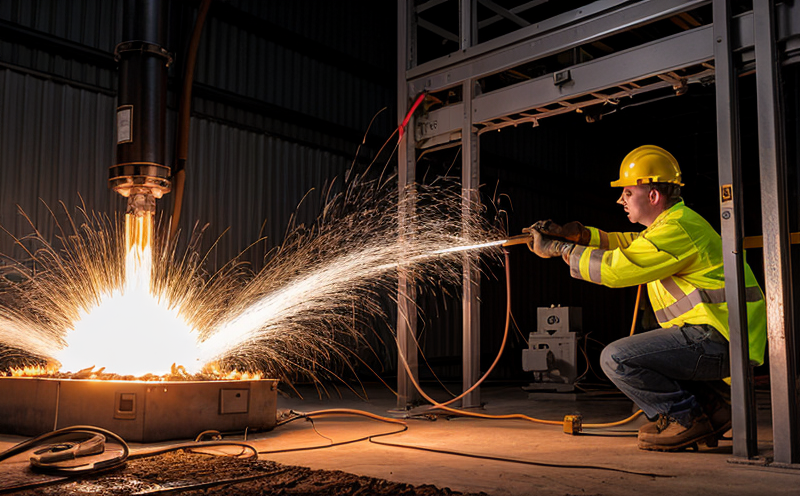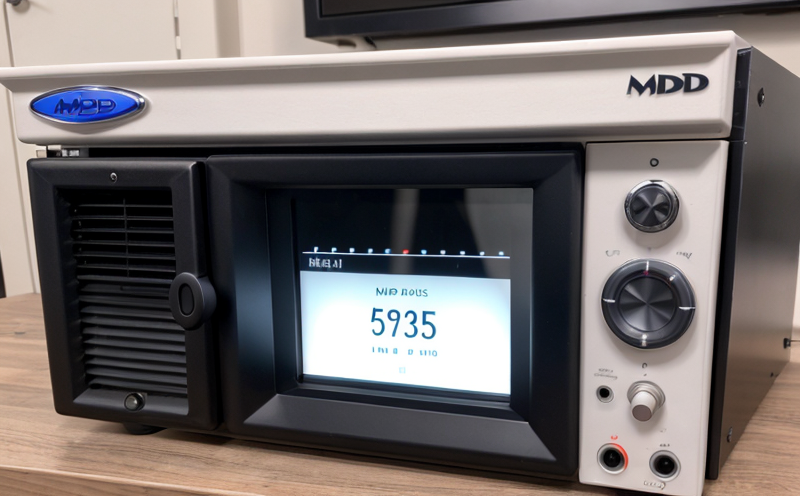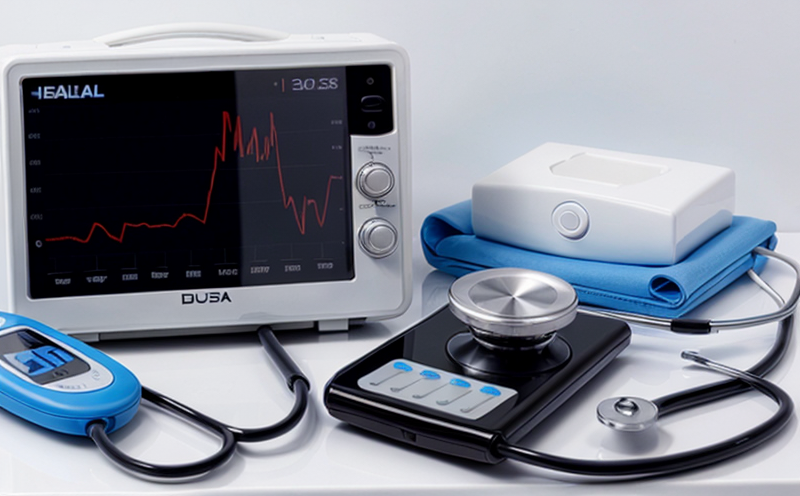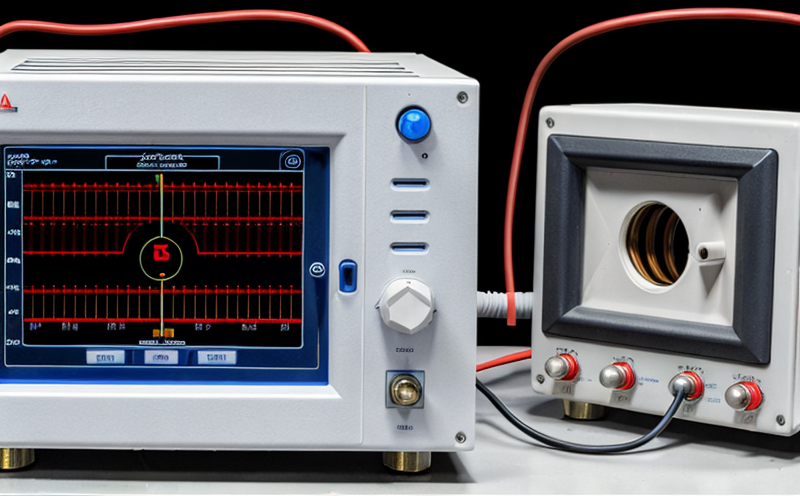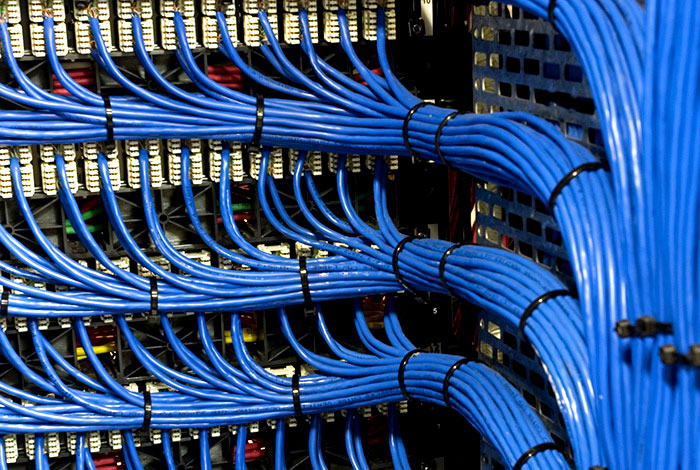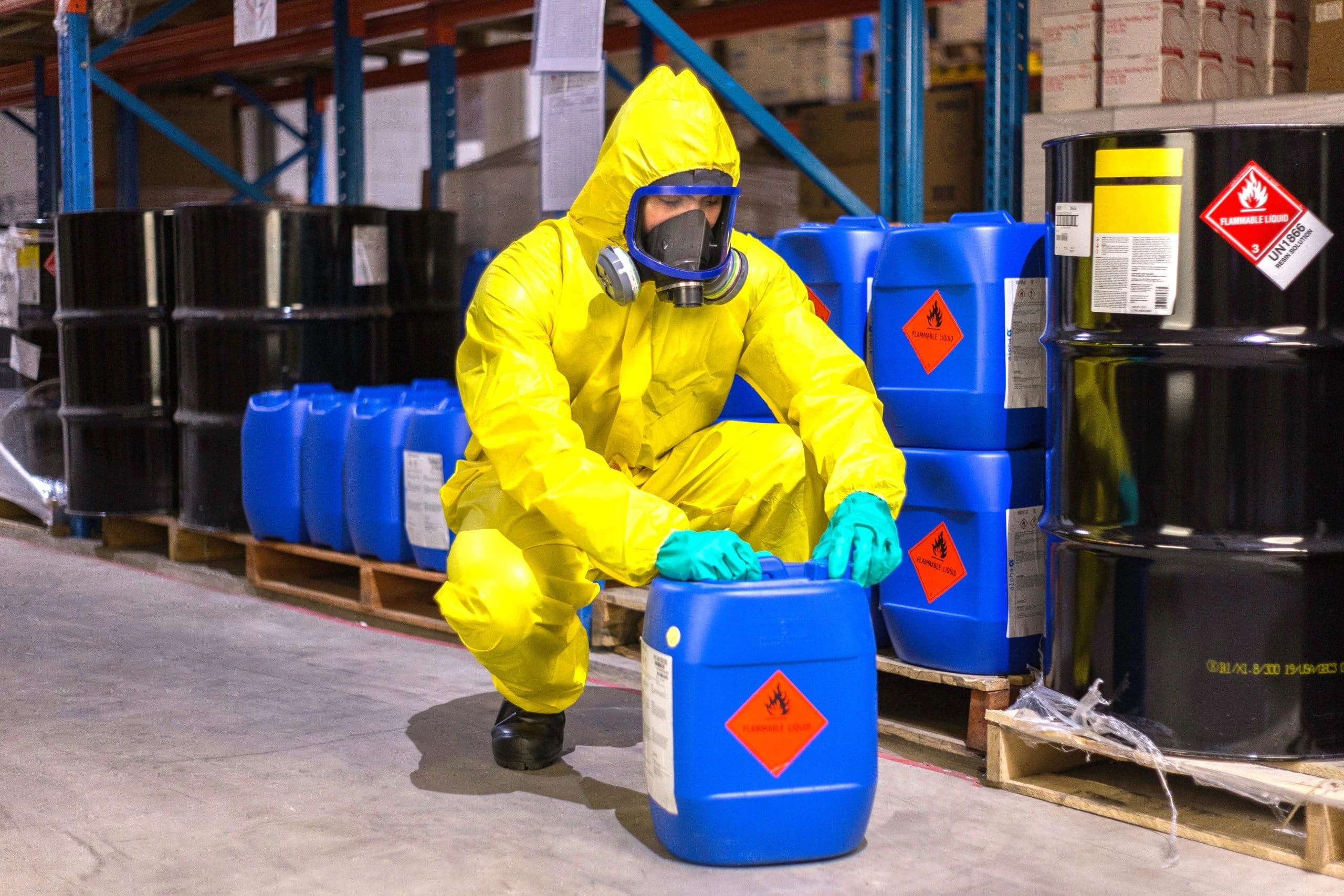Electrical safety is a critical aspect of electromechanical systems, which encompass a wide range of applications, including industrial equipment, household appliances, and transportation vehicles. The increasing complexity and sophistication of these systems have introduced new challenges in ensuring electrical safety, making it essential to understand the fundamental principles and practices that underlie this field.
Understanding Electrical Safety
Electrical safety refers to the measures taken to prevent injury or damage from electrical shock, electrocution, or fire caused by malfunctioning or improperly installed electrical equipment. This includes not only the equipment itself but also the wiring, circuit breakers, and other components that comprise the system. The primary goal of electrical safety is to protect people and property from electrical hazards, which can arise from a variety of sources, including:
Overcurrent: Excessive current flowing through an electrical conductor, which can cause overheating, damage to equipment, or even start a fire.
Short circuits: Unintended connections between conductors, which can cause a sudden and uncontrolled flow of current.
Grounding faults: Failure of the grounding system to provide a safe path for fault currents to flow to earth.
Electrical Safety Measures
To mitigate these risks, electrical safety measures are implemented in various ways:
Design and engineering: Electrical systems are designed with safety considerations in mind, including the selection of suitable materials, insulation, and circuit protection devices.
Installation and maintenance: Electrical equipment is installed according to established guidelines, and regular maintenance is performed to ensure that the system remains safe and functional.
Testing and inspection: Periodic testing and inspection are conducted to identify potential hazards and address any issues before they become major problems.
Detailed Explanation of Key Concepts
Here are two detailed paragraphs in bullet point format explaining key concepts related to electrical safety:
Insulation and Arc Fault Protection
Insulation is a critical component of electrical systems, providing a barrier between live conductors and other components that may be at risk of electrical shock. There are several types of insulation materials used in electrical systems, including:
Thermal insulation: Reduces heat transfer and prevents overheating.
Dielectric insulation: Separates live conductors from each other and from grounded objects.
Conductive insulation: Provides a path for fault currents to flow to earth.
Arc fault protection devices (AFPDs) are designed to detect the presence of arcing faults, which can cause significant damage or even start a fire. These devices typically include:
Sensors: Detect changes in electrical current or voltage patterns.
Circuit breakers: Interrupt the flow of current when an arc fault is detected.
Communications modules: Alert operators to potential issues.
Grounding Systems and Fault Current Protection
A well-designed grounding system provides a safe path for fault currents to flow to earth, reducing the risk of electrical shock or fire. Grounding systems typically include:
System grounding point: The point at which the grounding system is connected to the electrical grid.
Bonding straps: Connects equipment and components to the grounding system.
Grounding conductors: Provides a safe path for fault currents to flow.
Fault current protection devices (FCPDs) are designed to detect high currents caused by short circuits or other faults. These devices typically include:
Sensors: Detect changes in electrical current or voltage patterns.
Circuit breakers: Interrupt the flow of current when a fault is detected.
Communications modules: Alert operators to potential issues.
QA Section
Here are some frequently asked questions and answers related to electrical safety:
Q: What is the primary goal of electrical safety?
A: The primary goal of electrical safety is to protect people and property from electrical hazards, including shock, electrocution, or fire caused by malfunctioning or improperly installed electrical equipment.
Q: How do I ensure that my electrical system is safe?
A: Ensure your electrical system is designed and engineered with safety considerations in mind. Install the system according to established guidelines, perform regular maintenance, and conduct periodic testing and inspection.
Q: What types of insulation materials are used in electrical systems?
A: There are several types of insulation materials used in electrical systems, including thermal insulation, dielectric insulation, and conductive insulation.
Q: How do arc fault protection devices (AFPDs) work?
A: AFPDs detect the presence of arcing faults using sensors and circuit breakers to interrupt the flow of current. They may also include communications modules to alert operators to potential issues.
Q: What is a grounding system, and how does it protect against electrical shock or fire?
A: A well-designed grounding system provides a safe path for fault currents to flow to earth, reducing the risk of electrical shock or fire. It typically includes a system grounding point, bonding straps, and grounding conductors.
Q: How do I know if my electrical system is grounded properly?
A: Consult a qualified electrician or professional to inspect your grounding system and ensure it meets established safety standards.
Q: What are fault current protection devices (FCPDs), and how do they work?
A: FCPDs detect high currents caused by short circuits or other faults using sensors and circuit breakers to interrupt the flow of current. They may also include communications modules to alert operators to potential issues.
Q: How often should I inspect my electrical system for safety hazards?
A: Regular maintenance is essential to ensure your electrical system remains safe and functional. Consult a qualified electrician or professional to schedule periodic testing and inspection.
